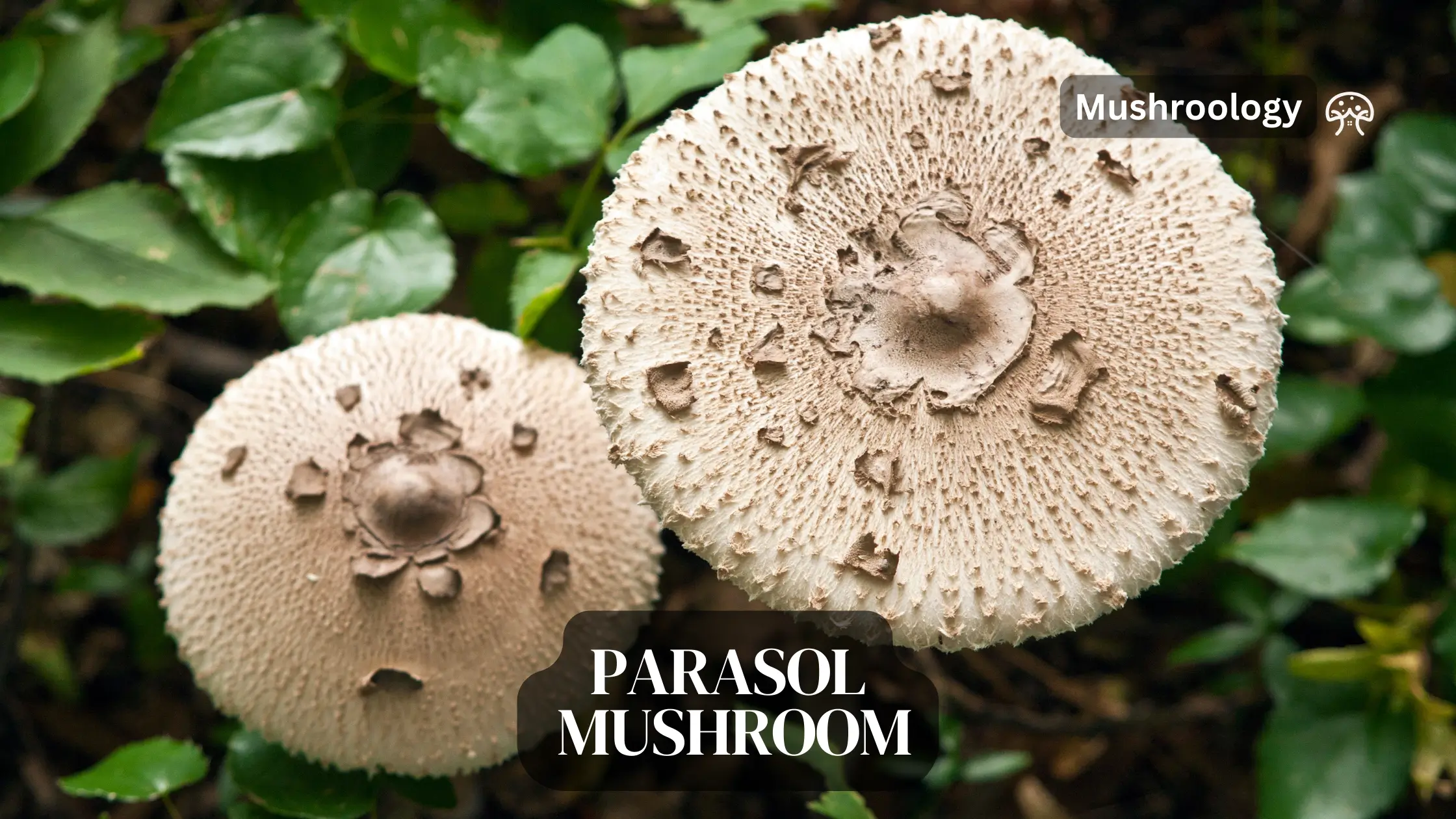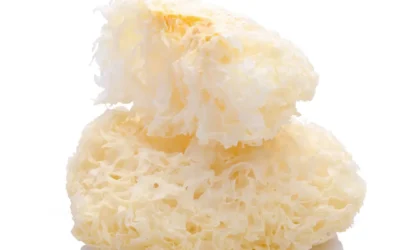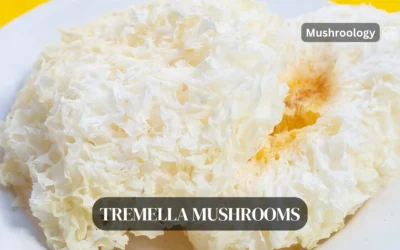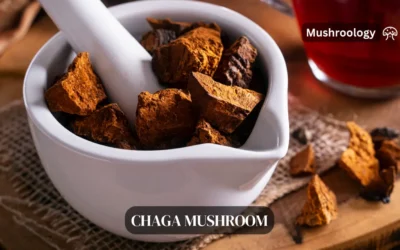Parasol mushroom cultivation profile
- Growth: Early to late summer
- Location: sunny to shady in the garden
- Care requirements: low
- Growth temperature: 18-25°C
- Light requirements: shady to sunny
- First harvest: after 3-5 months
- Duration of culture: perennial, established permanently over many years
Have you ever dreamed of harvesting gourmet mushrooms right from your backyard? Growing Parasol mushrooms (Macrolepiota procera) can turn that dream into reality. These impressive fungi, with their tall stalks and broad caps, not only add a touch of wonder to your garden but also provide a flavorful addition to your culinary adventures.
In their natural habitat, Parasol mushrooms (Macrolepiota procera) thrive in sunny forests, along roadsides, and in meadows. For garden cultivation, selecting a location that receives full to partial sunlight is ideal. Given that the mycelium of the Parasol mushroom expands extensively through the soil in search of nutrients, it’s wise to steer clear of areas near trees or at the very edge of forests.
Why Grow Parasol Mushrooms?
Parasol mushrooms offer a unique blend of benefits for home gardeners:
- Gourmet flavor: Enjoy a nutty, meaty taste prized by chefs worldwide.
- Nutritional powerhouse: Rich in protein, fiber, and essential vitamins and minerals.
- Low maintenance: Once established, they require minimal care.
- Sustainable gardening: Reduce your reliance on store-bought or foraged mushrooms.
What You’ll Need
- Parasol mushroom spawn – available from online retailers
- Straw or wood chips – pasteurized
- Large plastic buckets or bags
- Water mister
Step 1: Prepare the Substrate
Parasol mushrooms grow well on straw or wood chips. To pasteurize the substrate, soak it in 160°F (71°C) water for 1 hour to kill any contaminants. Drain the excess water and allow it to cool before using.
Step 2: Inoculate the Substrate
Mix the parasol mushroom spawn throughout the pasteurized straw or wood chips in a large bucket or bag, at a ratio of 1 part spawn to 5 parts substrate. Mix thoroughly to distribute the spawn evenly.
Step 3: Allow Time to Colonize
The parasol mushroom mycelium will extend into the surrounding soil during the adaptation phase, which lasts about 6-12 months. Water the area if there’s been no rain for over a week, avoiding waterlogging. Parasol mushrooms usually begin to appear in early summer to autumn, after the adaptation phase. It may take up to a year for the first mushrooms to show, and they can sprout some distance from the initial bed.
Step 4: Initiate Fruiting Conditions
Once the substrate is fully colonized by the white mycelium, creates ideal fruiting conditions. Place in indirect sunlight, maintain humidity around 90%, and ensure ample air flow. Decrease temps to 60-68°F (16-20°C).
Step 5: Harvest Parasol Mushrooms
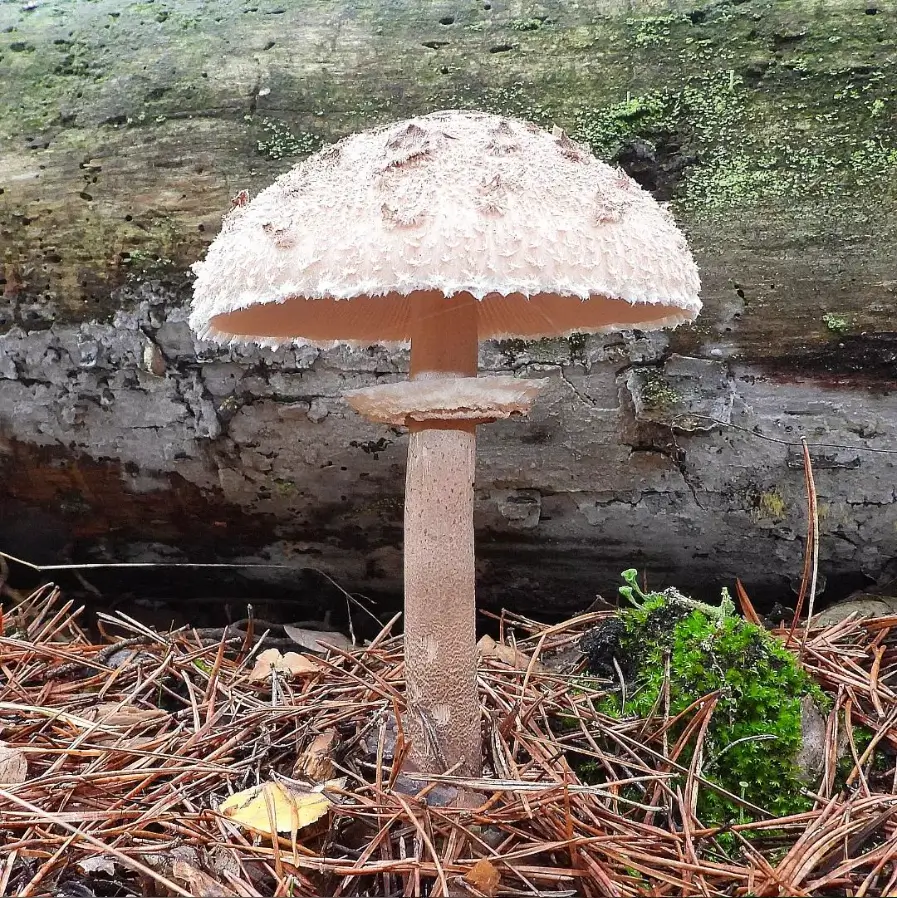
Pinhead primordia will form after 7-10 days. These will develop into immature mushrooms within a week. Harvest parasol mushrooms when the caps reach full size, about 3-8 inches (8-20 cm) in diameter, but before the caps flatten out.
Be sure to cut mushrooms at the base rather than pulling them to avoid damaging the mycelium. After harvesting the first flush, soaking the substrate in non-chlorinated water can promote additional flushes. With the right conditions, the process can repeat, allowing for multiple harvests.
In 35 days, it’s possible to grow pounds of delicious, nutritious parasol mushrooms at home.
Store and Enjoy Your Harvest
- Refrigeration: Store fresh mushrooms in a paper bag for up to a week.
- Drying: Slice and dry mushrooms for long-term storage and intense flavor in soups and sauces.
Culinary uses: Grill large caps, stuff them with herbs and cheese, or slice them into stir-fries and risotto.
Safety First! Always positively identify any mushroom before consumption. If you’re new to mushroom foraging or cultivation, consult an expert or mycological society for guidance.
Growing Parasol mushrooms at home is a rewarding journey that combines gardening, science, and culinary arts. With patience and attention to detail, you’ll soon be harvesting these majestic mushrooms from your own backyard. Remember, the key to success lies in creating the right environment and allowing nature to work its magic.
Ready to start your mushroom-growing adventure? Gather your supplies, choose your perfect spot, and get ready to experience the joy of homegrown Parasol mushrooms. Happy growing!

